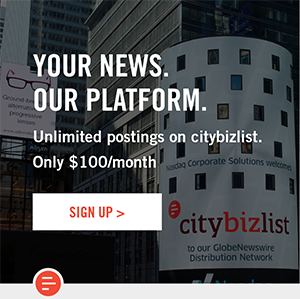What does it take to be a true baseball fan? Mostly a lot of patience and sometimes a lot of money, depending on how closely you want to follow the sport. In this slow-paced ballgame, hits and home runs are less frequent than strikes and misses. Yet baseball claims the title of Americans’ third most popular sport, after football and basketball.
Fans are willing to pay top dollar to see a game, too, especially during the highly anticipated World Series that kicks off every October. Of course, tickets are kinder to the wallet during the regular season. But to see Game 1 of the 115th World Series on Oct. 22, for instance, the cheapest seat at Minute Maid Park in Houston would cost $471, according to TicketIQ. For Game 7 on Oct. 30 at the same stadium, the damage would range from a starting price of $559 all the way to a whopping $16,450, as of Oct. 23. That doesn’t leave much room for peanuts and cracker jacks. And that’s not mentioning the hundreds of millions of dollars wagered by the betting market every year.
But it’s more fun, not to mention cheaper, to love on baseball in certain parts of America, so which cities would fans consider a home run? WalletHub crunched the numbers to find out, comparing 361 of the largest U.S. cities with at least one professional or college baseball team, grouped by division. In each city, we looked at 31 key indicators of baseball fan-friendliness. They range from performance level of team(s) to average ticket price per game to stadium accessibility. Read on for the winners, a ranking by city size and a full description of our methodology.
Below the rankings, you’ll find commentary from baseball experts about the challenges facing the sport, advice on enjoying the ballgame on a budget and more. Make sure to also check out WalletHub's 2019 World Series Facts – Astros vs Nationals infographic for fun and interesting stats about the matchup.


